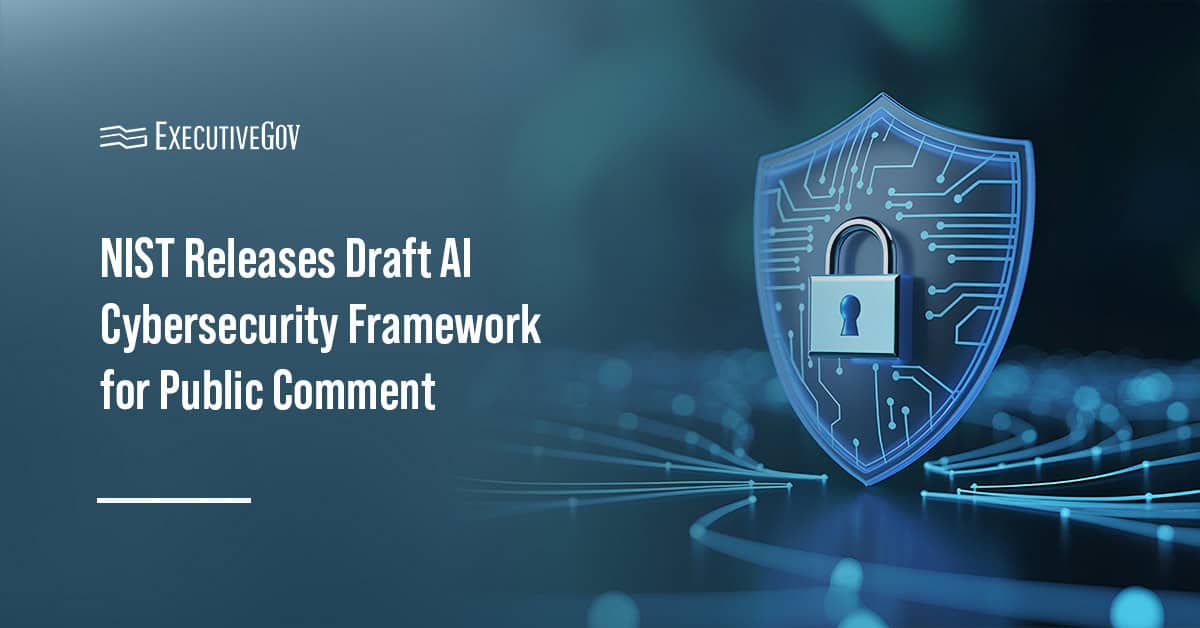 Robins Air Force Base will house the initial components of a new Air Force platform designed to manage information on air and space intelligence, surveillance and reconnaissance.
Robins Air Force Base will house the initial components of a new Air Force platform designed to manage information on air and space intelligence, surveillance and reconnaissance.The Advanced Battle Management System is geared to provide increased situational awareness for commanders by integrating battlefield surveillance information, Hill AFB said Thursday.
The Air Force selected Robins AFB for the base’s existing infrastructure and intends to continue using the E-8 Joint Surveillance Target Attack Radar System throughout the 2020s as the service transitions to the ABMS.
The ABMS network will consist of a fusion center, supporting activities and Robins-based remotely piloted aircraft equipped with sensors for gathering battlefield information.
Implementation of the ABMS is among USAF’s efforts to increase lethality and resiliency of the service’s force.





